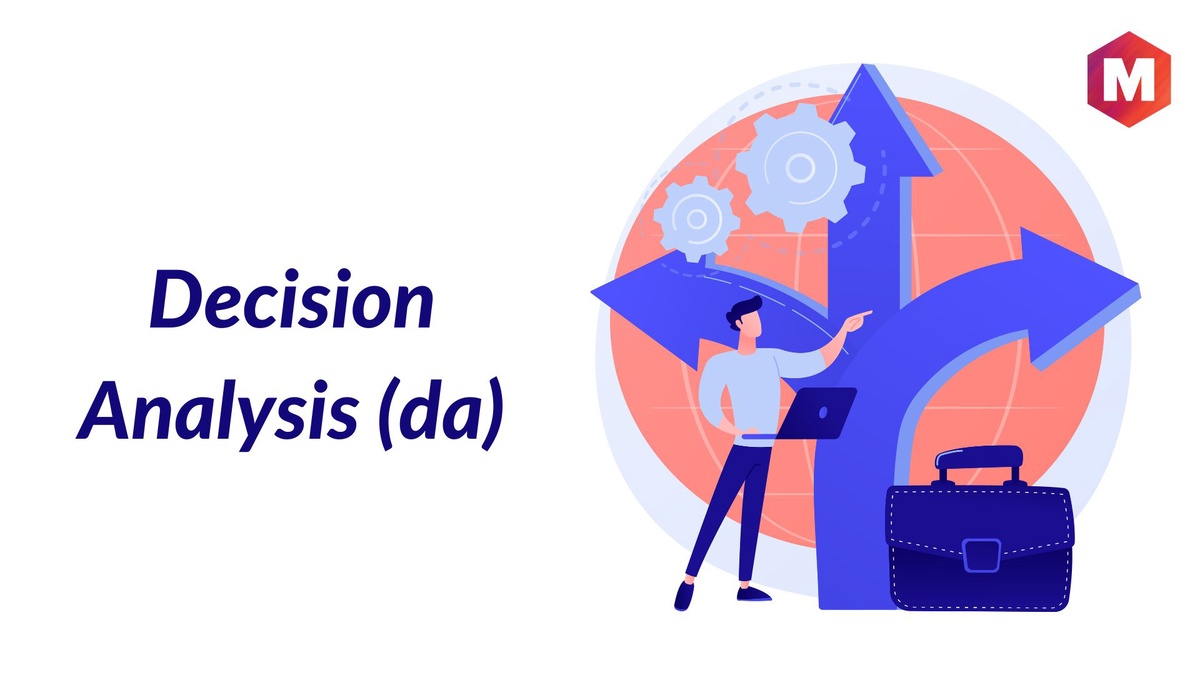In today's rapidly evolving business landscape, data has become a cornerstone of success. From market analysis to customer insights, businesses rely on data-driven strategies to make informed decisions and stay ahead of the competition. One powerful tool that facilitates this process is decision analytics, which enables organizations to leverage data to optimize their operations, enhance efficiency, and drive innovation.
Understanding Decision Analytics
Decision analytics is a systematic approach to decision-making that utilizes data analysis and mathematical models to evaluate options, predict outcomes, and recommend the best course of action. It involves collecting, processing, and interpreting data to uncover patterns, trends, and insights that inform strategic decisions. By harnessing the power of advanced analytics techniques such as machine learning, predictive modeling, and optimization algorithms, decision analytics empowers businesses to make smarter, more informed decisions across all areas of operation.
The Role of Decision Analytics in Business Success
In today's highly competitive business environment, organizations must make decisions quickly and accurately to stay ahead of the curve. Decision analytics provides a structured framework for evaluating complex problems, identifying opportunities, and mitigating risks. By analyzing data from multiple sources, decision analytics enables businesses to gain a deeper understanding of their customers, markets, and competitors, allowing them to identify trends, anticipate changes, and capitalize on emerging opportunities.
Decision analytics plays a crucial role in a wide range of business functions, including:
-
Strategic Planning: Decision analytics helps organizations formulate and execute their strategic plans by providing insights into market dynamics, competitive positioning, and industry trends. By analyzing data on customer preferences, market demand, and competitor behavior, businesses can identify growth opportunities, assess market risks, and develop strategies to achieve their long-term objectives.
-
Marketing and Sales: Decision analytics enables organizations to optimize their marketing and sales efforts by identifying the most effective channels, messages, and campaigns for reaching their target audience. By analyzing customer data, purchase history, and online behavior, businesses can personalize their marketing messages, tailor their product offerings, and maximize their return on investment.
-
Operations Management: Decision analytics allows businesses to improve operational efficiency, streamline processes, and optimize resource allocation. By analyzing data on production schedules, inventory levels, and supply chain performance, organizations can identify bottlenecks, reduce waste, and improve productivity.
-
Risk Management: Decision analytics helps organizations identify and mitigate risks by analyzing data on market trends, financial performance, and regulatory compliance. By identifying potential risks and their potential impact on business operations, decision analytics enables organizations to develop risk mitigation strategies, allocate resources effectively, and protect their bottom line.
-
Customer Experience: Decision analytics allows organizations to enhance the customer experience by analyzing data on customer interactions, preferences, and feedback. By understanding customer needs and preferences, businesses can personalize their products and services, anticipate customer demands, and deliver a seamless, personalized experience across all touchpoints.
Harnessing the Power of Decision Analytics for Business Success
To harness the full potential of decision analytics, organizations must adopt a data-driven mindset and invest in the right tools, technologies, and talent. Here are some key steps organizations can take to leverage decision analytics for business success:
-
Define Clear Objectives: Clearly define the business objectives and outcomes you want to achieve with decision analytics. Whether it's improving operational efficiency, increasing sales, or reducing risk, having clear goals will guide your analytics initiatives and ensure alignment with your overall business strategy.
-
Invest in Data Quality: Decision analytics is only as good as the data it relies on. Invest in data quality management processes and technologies to ensure that your data is accurate, reliable, and up-to-date. This may involve data cleansing, data integration, and data governance initiatives to ensure data consistency and integrity.
-
Leverage Advanced Analytics Techniques: Explore advanced analytics techniques such as machine learning, predictive modeling, and optimization algorithms to uncover insights and patterns in your data. These techniques can help you identify trends, predict outcomes, and optimize your decision-making processes.
-
Empower Decision Makers: Provide decision-makers with the tools, training, and support they need to leverage decision analytics effectively. This may involve providing access to self-service analytics tools, training programs, and analytics experts who can help interpret and apply the insights generated by decision analytics.
-
Monitor and Iterate: Continuously monitor the performance of your decision analytics initiatives and iterate as needed to drive continuous improvement. Use key performance indicators (KPIs) and metrics to track the impact of decision analytics on business outcomes and adjust your strategies accordingly.
The Future of Decision Analytics
As organizations continue to generate and collect vast amounts of data, the role of decision analytics in driving business success will only become more critical. Advances in artificial intelligence, machine learning, and big data analytics will further enhance the capabilities of decision analytics, enabling organizations to uncover deeper insights, make more accurate predictions, and automate decision-making processes.
In conclusion, decision analytics is a powerful tool that can help organizations harness the full potential of their data to drive business success. By leveraging advanced analytics techniques, investing in data quality, and empowering decision-makers, organizations can unlock new opportunities, mitigate risks, and gain a competitive edge in today's data-driven business landscape. With the right approach and the right tools, decision analytics can transform business strategies and drive growth and innovation across all areas of operation.


No comments yet